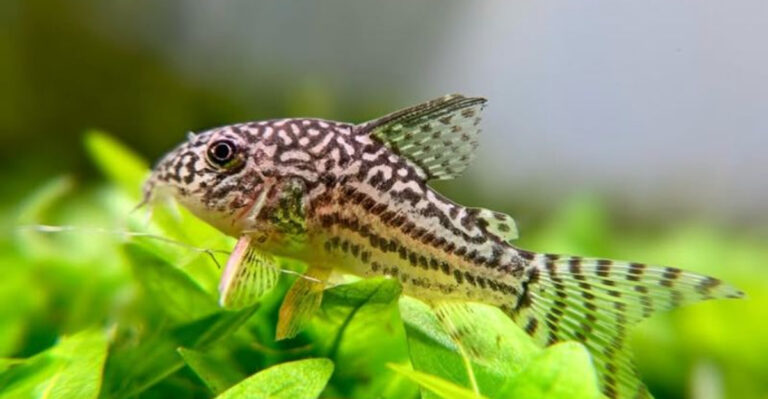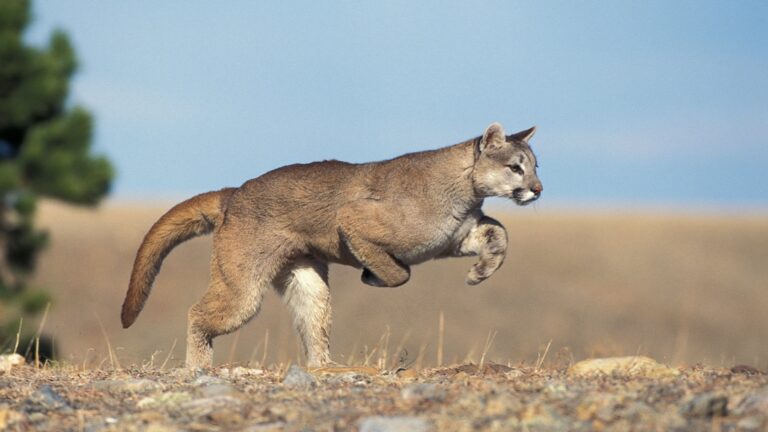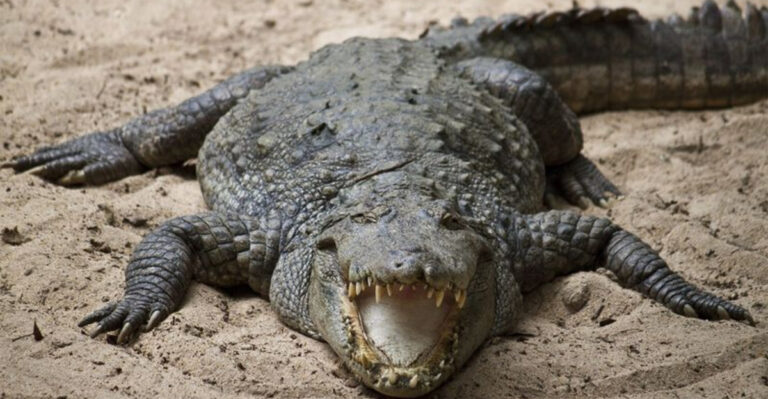Scientists Mapped 11,000 Bird Species, And What They Found Is Astonishing
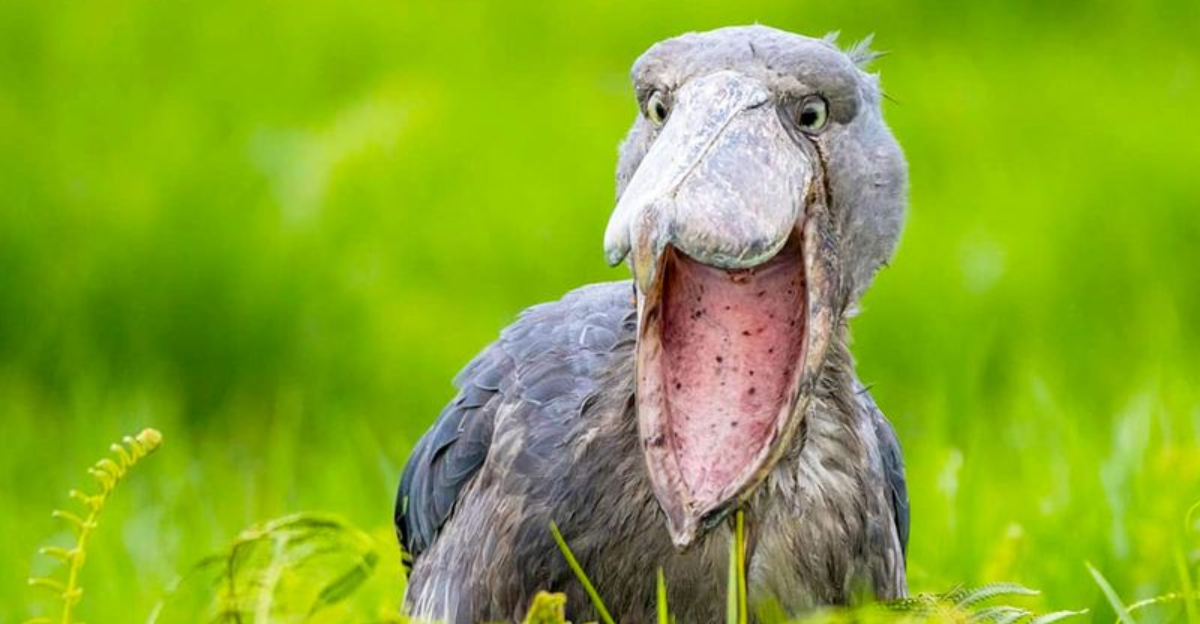
Scientists have completed an incredible project mapping all 11,000 known bird species on Earth. This massive undertaking connects every feathered friend into one giant family tree, showing how they’re all related.
The findings reveal fascinating patterns about bird evolution, migration, and diversity that could help protect endangered species and unlock mysteries about our winged neighbors.
1. Birds Are The Most Diverse Land Vertebrates
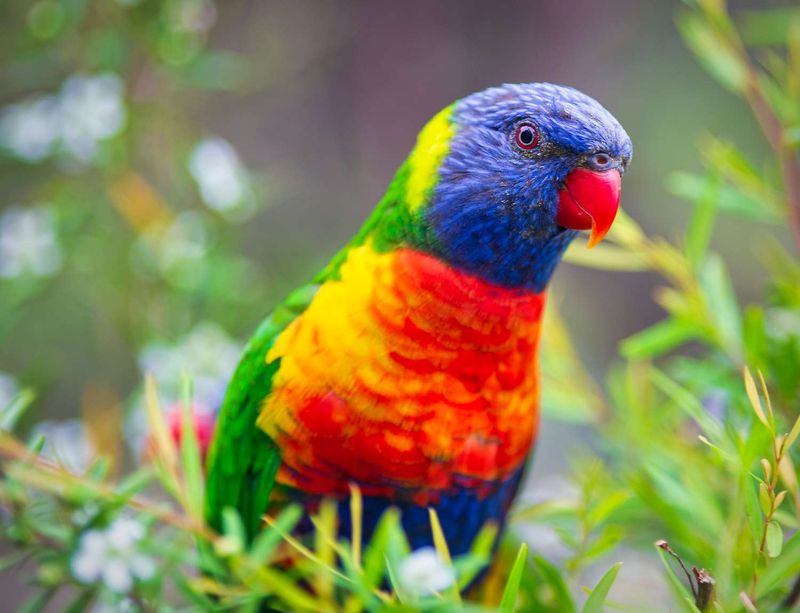
Feathered wonders dominate the land animal kingdom with their incredible variety. From tiny hummingbirds to massive ostriches, birds have adapted to virtually every habitat on Earth.
The sheer number—over 11,000 species—dwarfs mammals (about 6,400 species) and reptiles (around 10,000). This diversity reflects birds’ remarkable ability to specialize for different ecological niches while maintaining their core flying adaptations.
2. The Evolutionary Tree Covers Every Known Species
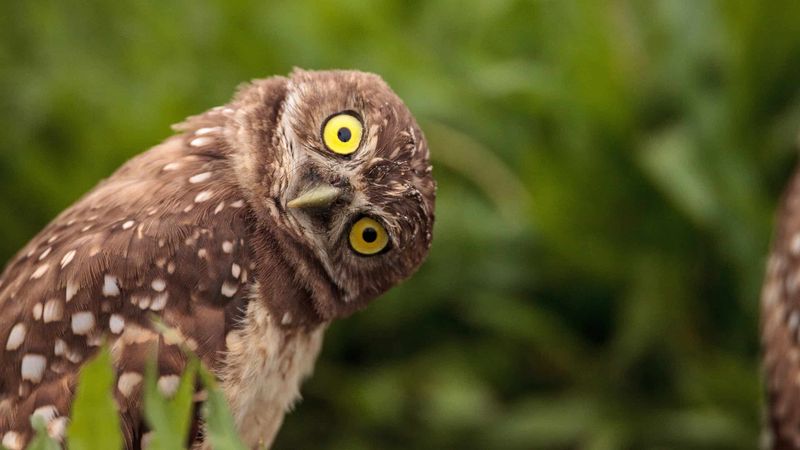
Imagine a family portrait featuring all 11,000 bird cousins! The newly completed avian tree of life accomplishes exactly this remarkable feat.
Scientists meticulously connected each known bird species into one comprehensive evolutionary framework. This massive diagram shows precisely how flamingos relate to falcons, how penguins connect to parrots, and traces every branch back to common ancestors.
3. It Took Over 30 Years Of Research To Build
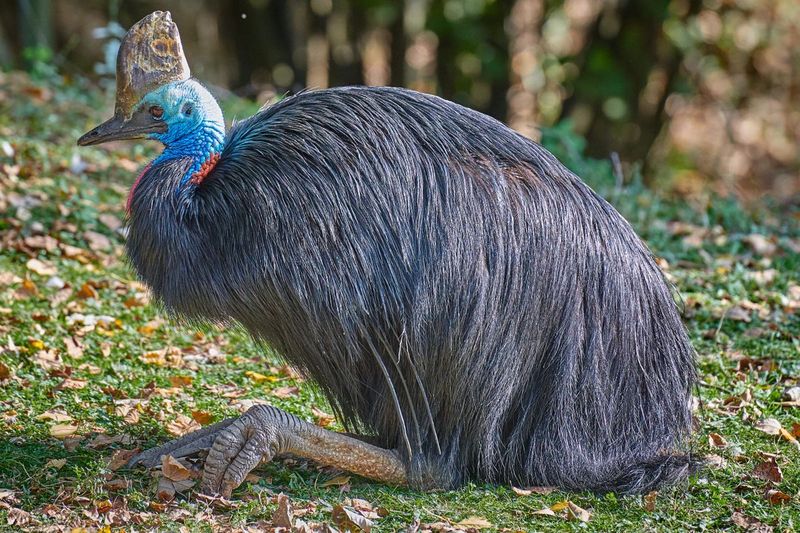
Rome wasn’t built in a day, and neither was this monumental bird map. The scientific team patiently compiled findings from 262 published studies dating back to 1990.
Field researchers spent countless hours in forests, wetlands, and mountains documenting species. Lab technicians analyzed DNA samples from thousands of specimens. Computer specialists developed algorithms to organize all this data into one coherent picture.
4. Thousands Of Birds Weren’t In Past Studies
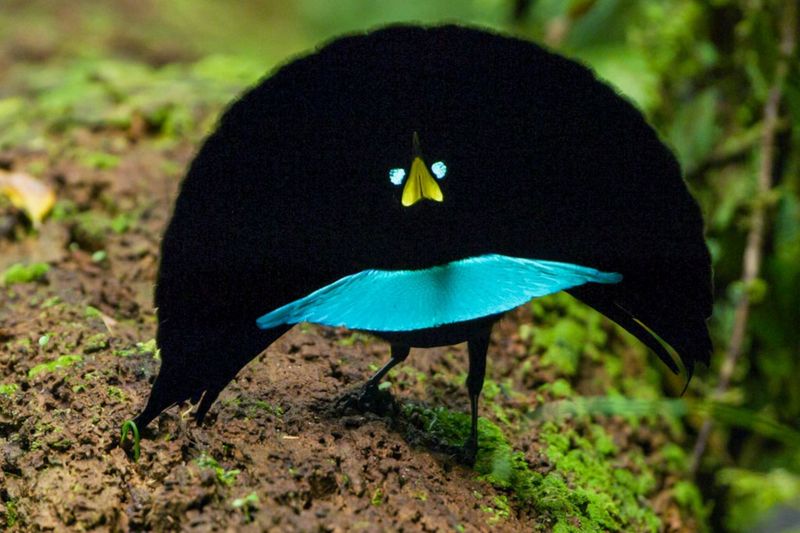
Gaps in knowledge threatened to leave the bird family tree incomplete. Many lesser-known species had never been properly studied or classified using modern methods.
The research team tackled this challenge by adding taxonomic information for more than 1,800 previously overlooked species. They scoured museum collections, examined preserved specimens, and incorporated observations from birdwatchers worldwide to fill these critical knowledge gaps.
5. The Work Was Led By UC Merced And Cornell
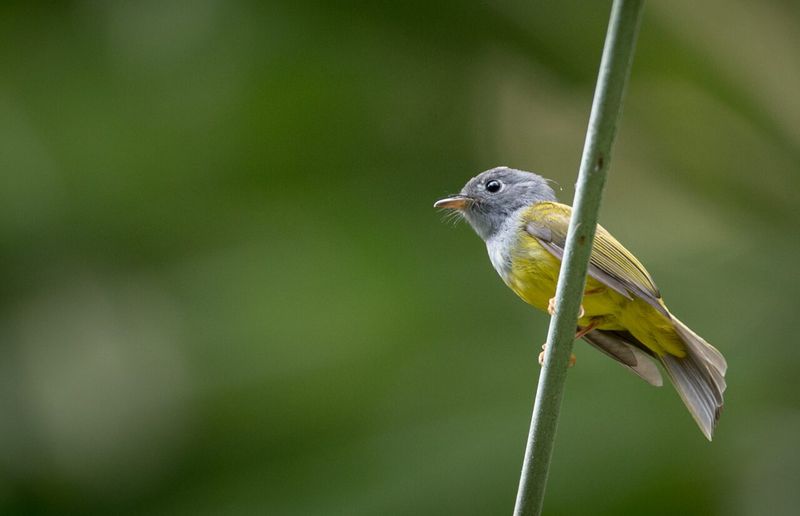
Scientific powerhouses joined forces to create this avian atlas. Researchers at the University of California Merced provided computational expertise and evolutionary analysis techniques.
The Cornell Lab of Ornithology contributed its extensive bird knowledge database and worldwide network of bird observers. Graduate students and professors worked side by side, combining field observations with cutting-edge genetic analysis to build this comprehensive resource.
6. The Research Is Part Of A Global Scientific Effort
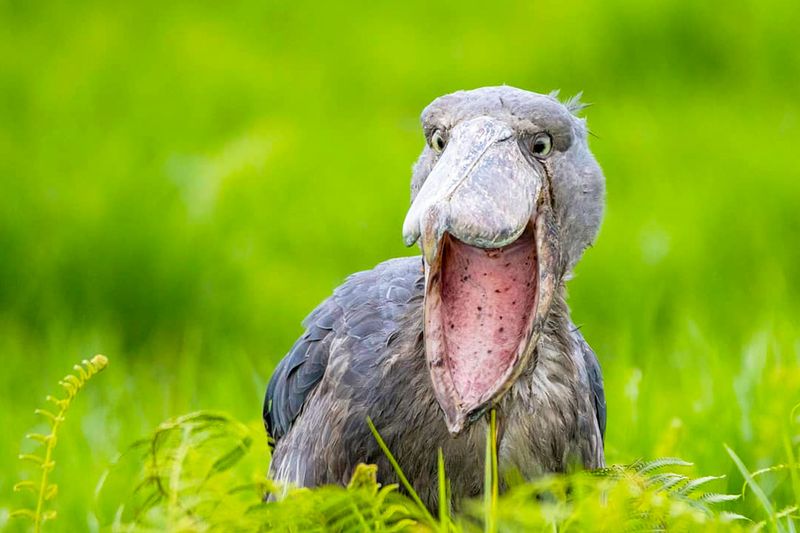
Birds represent just one branch of life’s grand tree. The avian mapping project feeds into the ambitious Open Tree of Life (OpenTree) initiative, which aims to connect all Earth’s species in one evolutionary framework.
From bacteria to blue whales, this global collaboration seeks to understand how every living thing relates to everything else. The bird mapping success provides both data and methodologies that can help complete this planet-wide puzzle.
7. The Tree Traces Birds Back To Dinosaur Ancestors
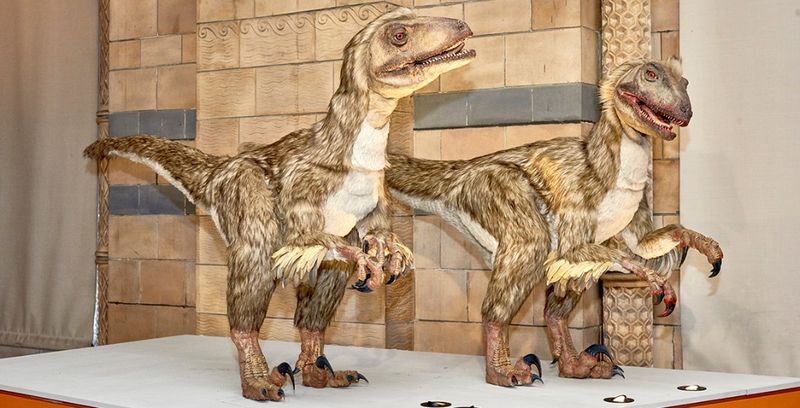
Your backyard robin shares DNA with Tyrannosaurus rex! The comprehensive bird tree confirms that modern birds descended directly from avian dinosaurs that survived when an asteroid struck Earth 66 million years ago.
Fossil evidence shows how features like feathers, hollow bones, and specialized breathing systems evolved long before modern birds appeared. This evolutionary history explains why birds have such unique characteristics compared to other vertebrates.
8. This Tree Can Help Predict Evolutionary Traits
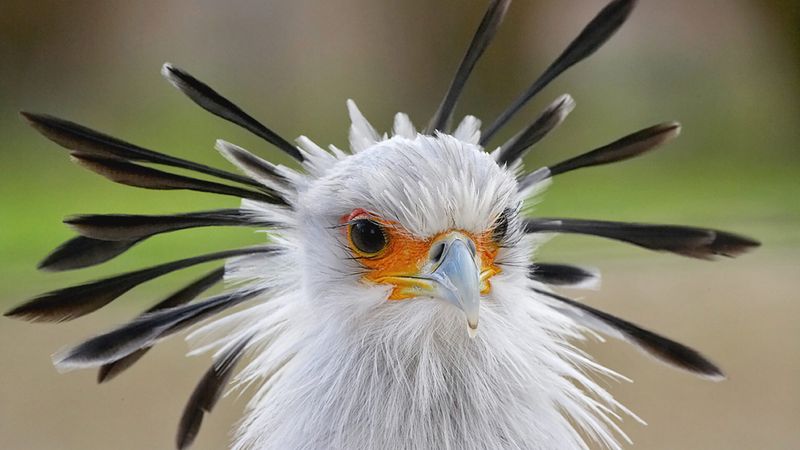
Want to guess what color a bird’s eggs might be without seeing them? The evolutionary tree makes this possible!
Closely related species often share similar traits. By mapping characteristics like beak shape, migration patterns, or nesting behaviors onto the tree, scientists can identify patterns and make predictions about unstudied species.
This predictive power helps researchers understand how and why certain traits evolved multiple times independently.
9. Bird Lovers And Scientists Can Now Explore The Data
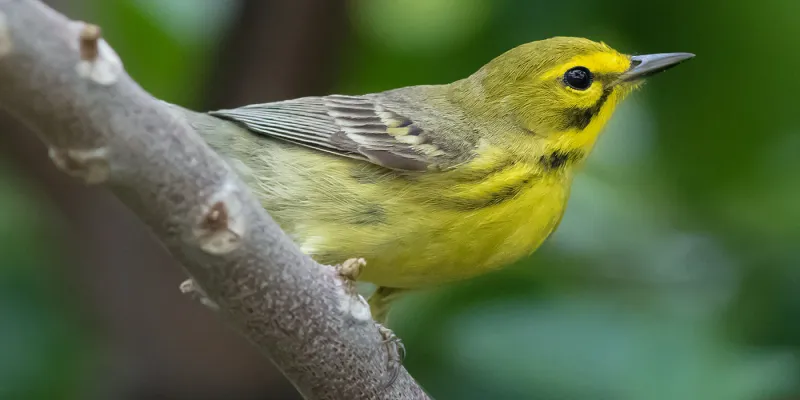
Knowledge shouldn’t stay locked in ivory towers. The complete bird tree has been made publicly accessible online for everyone from casual birdwatchers to professional researchers.
Interactive tools allow users to zoom in on specific branches, compare different species, and even upload their own observations. Citizen scientists can contribute sightings that help track changes in bird populations and distributions over time.
10. It’s A Milestone For Conservation Efforts
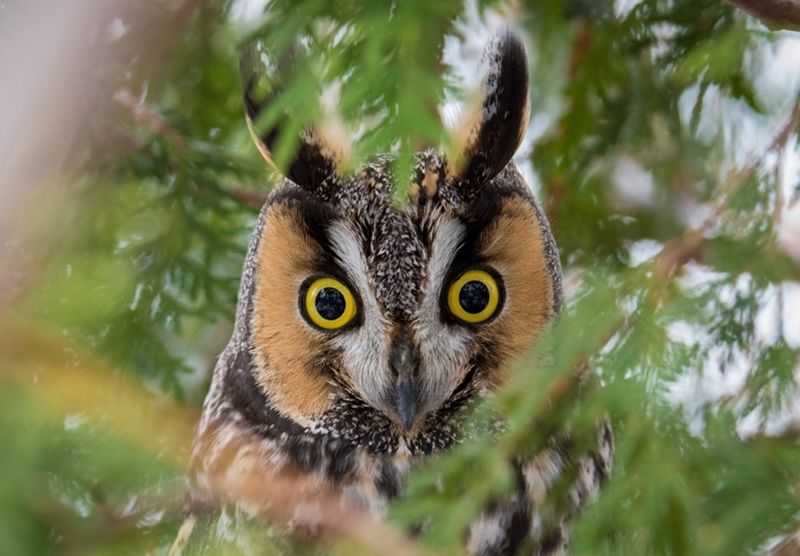
Protecting endangered birds requires understanding their unique evolutionary history. Species representing distinct branches of the tree carry irreplaceable genetic heritage that, once lost, can never be recovered.
Conservation planners now use the evolutionary tree to identify priority species and habitats. This approach ensures we protect not just individual species but also the full spectrum of bird diversity and their ecological roles.
11. The Study Highlights The Power Of Collaboration
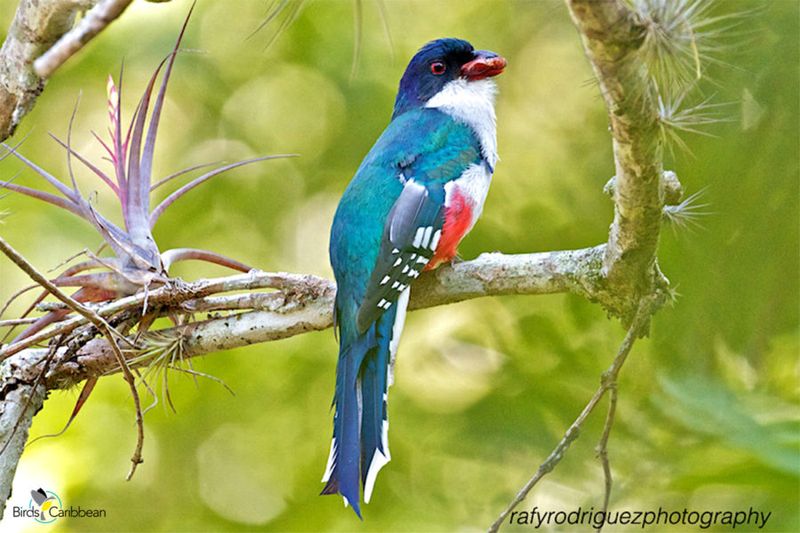
No single scientist could possibly map all bird species alone. Success required ornithologists sharing field notes from remote rainforests, geneticists exchanging DNA sequences, and taxonomists comparing museum specimens.
Researchers from six continents contributed data spanning decades. Computer scientists developed new algorithms to integrate diverse information sources. This model of scientific teamwork demonstrates how complex problems require diverse expertise and open information sharing.
12. It Could Be A Model For Mapping Other Animal Groups
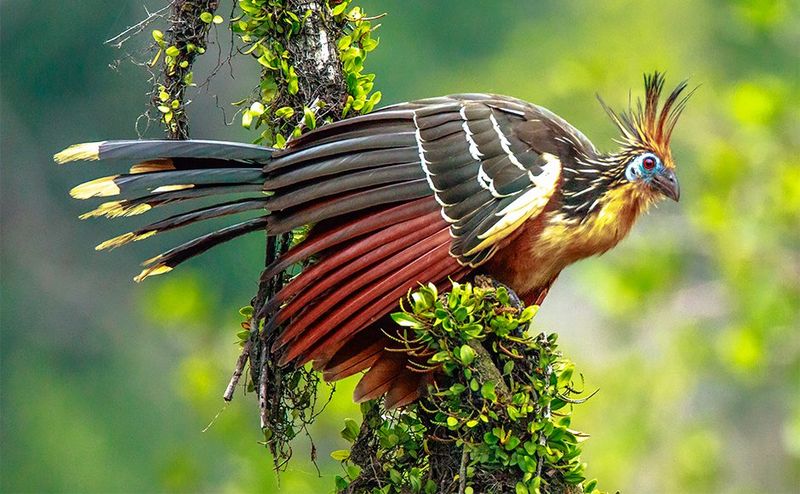
Success breeds imitation in science. The bird mapping achievement provides a blueprint for similar projects focused on mammals, reptiles, fish, and invertebrates.
The computational methods developed to handle the bird data can be adapted for other groups. Even the collaborative approach—combining museum studies, field observations, and genetic analysis—offers a template for future biodiversity mapping efforts.


